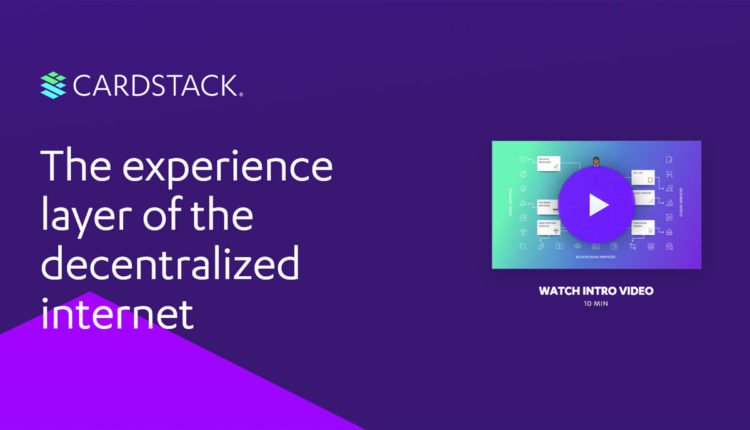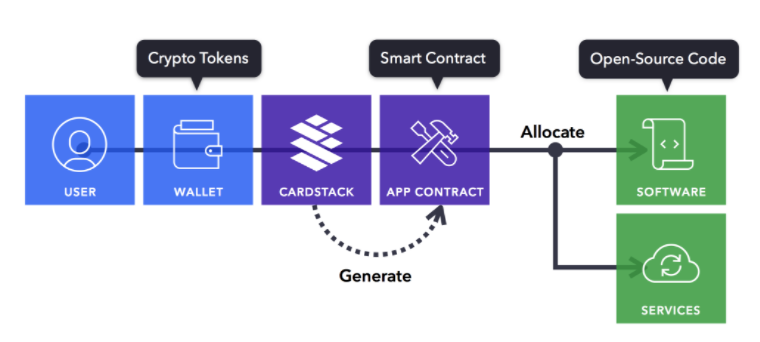
Cardstack is a blockchain network service that ensures a revolutionary experience layer to make the blockchain technology usable and scalable in order to create decentralized software into the ecosystem for challenging the digital superpowers. The open-source protocol of consensus framework makes the blockchain usable and scalable enough for the mass market in order to create decentralized software into the ecosystem. The service blockchain creates some unique approaches for the orchestration of the users from the center and it lets them act as if it is their own hub and the applications of the service can flow through the software stack controlled by the users.
Decentralized User Experience
The system can be recentralized from being decentralized so that the users can initiate, orchestrate and make decisions regarding the transactions for coordinating passing by the cloud-based market within the blockchains. The vision of multiple apps can work in harmony demands through the general leap in user experience in terms of composing ability and interoperability. The case can expand beyond the crypto trading and finance that can be used for decentralized data lock from the subscription of integration hooks. This ultimately facilitates the architecture and design system for the fluidity of consumer social network in order to structure the transactions into a line of business system.
Service to Tangible Cards

The orchestration is important to handle the intuitive turning for each state of an application into a card. It is a visual embodiment of the key information that suggests the next courses of action through the chaining of related cards. This enables the rise of card-based UI for the breakthrough of the problem in space of some complex user with the interfaces and workflows into the manageable pieces.
The pieces need to be bite-sized, encapsulates with the happening physical cards for being embedded, chained, auto-filled, attached, triggered, expanded, versioned, cloned, rescinded as well as approved to be the part of the cohesive experience. The cards also need to stand on their own through the apps for acting with the hosts by rewarding the powers of blockchain streamlined through a card-based ecosystem. Such feature ultimately offers some proprietary and a bit of pricy silos. This also makes sure the availability to the millions of people throughout the world as a bonafide open-source.
Bridges
The system creates a bridge between the blockchain and the cloud service to become the primary units of interaction within the cards. This will be placed among the users and a number of variants competing for the service to run locally in the cloud or in some other blockchain in order to fulfill the different aspects of user requirements. It keeps the legacy data unchain to break up the antiquated concept through the almighty app into a smaller version for building blocks.
While the data is turned into the cards, the user will own it forever with some rights syndicating the hooks for no person into the island based on the blockchain technology. even the data can be replicated and redacted when necessary for the contribution to the collective view within the cloud users or organizations.
The blockchain needs some coordination of mechanism for participating into the peers for the blockchain delivered data. This turns to the participant if they want to participate in the direction or by the use of a computer. This will run through the personal cloud 24/7 solely on behalf of the user and lets the user have control over their cards.
Website : https://cardstack.com/
Whitepaper : https://cardstack.com/whitepaper.pdf
Twitter : https://twitter.com/cardstack
ANN Thread : https://bitcointalk.org/index.php?topic=2768237.0
Telegram : https://telegram.me/cardstack